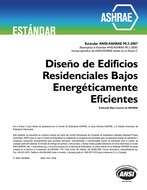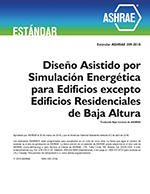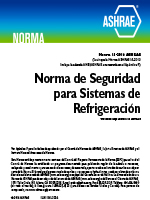Description
This paper is based on findings resulting from ASHRAE Research Project RP-1340.
This paper addresses the importance of proper scheduling control of equipment in combined heat and power (CHP) systems for commercial/institutional buildings. These plants require more careful and sophisticated equipment scheduling and control methods compared to those in industrial CHP due to the large variability in thermal and electric loads, as well as the equipment scheduling issue. Most of the work to date was in a second and lower-level type of supervisory control called continuous control, which involves determining the optimal values of the control parameters under a specific set of operating conditions and combination of equipment schedule.
The research project the results of which are reported here involved two phases. The first, which is described in the companion paper (Maor and Reddy 2009), involved the generation of necessary data for certain characteristic building types with rationally designed and sized building combined heat and power (BCHP) equipment. Seven buildings were selected: three large buildings under real-time electrical pricing (RTP) (hospital, school, and hotel) and four buildings (two large and two small) under time-of-use (TOU) rates. Subsequently, a certain number of days in the year over which to perform the optimization study were identified for each building. This paper relates to near-optimal control, which is often viewed as synonymous with simplified and heuristic strategies— those that are close to the optimum strategy but are much simpler to implement in actual practice. Optimal control is defined as involving an operational strategy where the equipment scheduling can be changed in a quasistatic manner at the beginning of each hourly time step and controlled optimally.
Near-optimal, on the other hand, is one where the equipment scheduling itself is not changed during the diurnal operating horizon, while the equipment already on-line is controlled optimally. There are as many near-optimal solutions as there are feasible combinations during the selected day. This type of near-optimal operation and control will result in a higher operational cost. A quantity called cost penalty ratio (CPR) was defined as the ratio of the near-optimal to the optimal solution, and it is the variation and magnitude of this quantity with building type, location, day of the year, and price signal which is studied, quantified, and discussed herein.
Units: I-P
Citation: ASHRAE Transactions, vol. 115, pt. 1, Chicago 2009
Product Details
- Published:
- 2009
- Number of Pages:
- 21
- File Size:
- 1 file , 3.5 MB
- Product Code(s):
- D-CH-09-030




